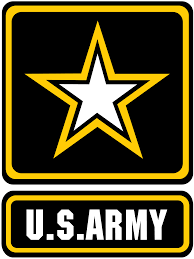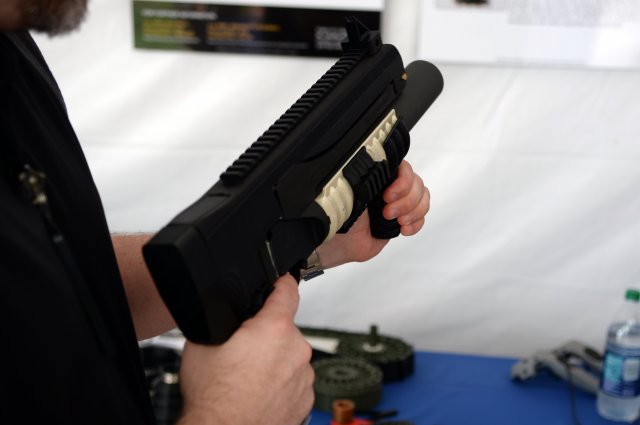 The US military has been using 3D printing for quite a while in all of its branches, and now in South Korea the Army is field testing 3D printed concepts through a newly established facility called Rapid Fabrication via Additive Manufacturing on the Battlefield, or RFAB. This is the fourth deployment of the $250,000 facility, but unlike other deployments that lasted only a month, this one will last an entire year, operated by a team of six soldiers.
The US military has been using 3D printing for quite a while in all of its branches, and now in South Korea the Army is field testing 3D printed concepts through a newly established facility called Rapid Fabrication via Additive Manufacturing on the Battlefield, or RFAB. This is the fourth deployment of the $250,000 facility, but unlike other deployments that lasted only a month, this one will last an entire year, operated by a team of six soldiers.
The Army chose South Korea as the newest location for the facility because of its near-deployment nature.
“We’re trying to validate the use of additive manufacturing in the future of the [Army],” said Chief Warrant Officer Dewey Adams.
The facility, which has five 3D printers, can quickly produce parts for tanks, trucks, rifles, and many other things the Army might need. While the parts produced by 3D printing may be small, the impact of the technology on the Army has the potential to be great. Some of the most critical parts have been extremely small, said Adams. For example, a fire suppression cap for a Mine-Resistant Ambush Protected vehicle costs only $2.51 – but it takes 126 days to ship from the United States, and if it is missing or broken, it can put the entire vehicle out of commission. 3D printing a replacement takes less than a day.
The Army isn’t just producing spare parts, either. It also 3D printed about 75 training mines and mortars. There are limits to the program, however; the 3D printed replacement parts are just temporary until permanent ones arrive, and the 3D printers in the RFAB can only produce plastic and some carbon-reinforced materials. The team also can’t 3D print parts that would cause serious harm if they were to fail, such as rifle firing pins or parts for helicopters. The program still does the Army plenty of good, however, with its quick turnaround times and ability to be transported from location to location.
“We want the asset as close to front line as we can,” said Adams.

James Zunino, a materials engineer with Armament Research Development and Engineering Center, at Picatinny Arsenal, N.J., discusses a 3-D printed grenade launcher during Lab Day, May 18, 2017, at the Pentagon. (Image: Sgt. Jose Torres)
So far, Adams’ unit has produced about 65 different parts and about 500 pieces of equipment in three months with a success rate of about 65 percent. Even failed parts are valuable, too, as they offer insight into the limits of the technology that can be used at the Army Armament Research, Development and Engineering Center (ARDEC) in Rock Island, Illinois.
Parts that succeed are also sent to ARDEC, where they are saved as blueprints to a military-wide data cloud that can be accessed by any branch – an ever-growing library of digital parts that can be downloaded and 3D printed instantly.

Zunino discusses 3-D printed parts for tracked robotic vehicles, during Lab Day, May 18, 2017, at the Pentagon. [Image: Sgt. Jose Torres]
Adams said that the US Marines and Navy are further ahead of the Army when it comes to 3D printing, but the Army is working to catch up. According to Billy Binikos, an ARDEC representative who works with Adams, the Army could adapt RFAB facilities for regular use by 2025.
“The only limitation is our imagination,” Adams said about the potential of 3D printing in the field.
Discuss this and other 3D printing topics at 3DPrintBoard.com or share your thoughts below.

23 Replies to “US Army Takes RFAB 3D Printing Facility to South Korea”
Comments are closed.